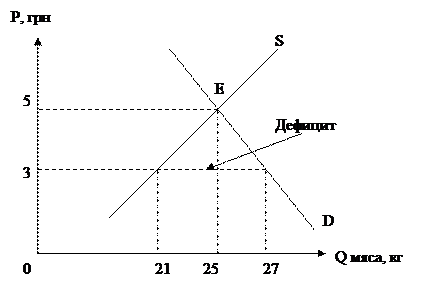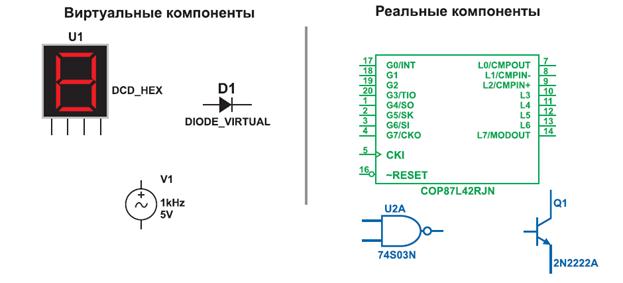Function member invocation
This section describes the process that takes place at run-time to invoke a particular function member. It is assumed that a binding-time process has already determined the particular member to invoke, possibly by applying overload resolution to a set of candidate function members. For purposes of describing the invocation process, function members are divided into two categories: · Static function members. These are instance constructors, static methods, static property accessors, and user-defined operators. Static function members are always non-virtual. · Instance function members. These are instance methods, instance property accessors, and indexer accessors. Instance function members are either non-virtual or virtual, and are always invoked on a particular instance. The instance is computed by an instance expression, and it becomes accessible within the function member as this (§7.6.7). The run-time processing of a function member invocation consists of the following steps, where M is the function member and, if M is an instance member, E is the instance expression: · If M is a static function member: o The argument list is evaluated as described in §7.5.1. o M is invoked. · If M is an instance function member declared in a value-type: o E is evaluated. If this evaluation causes an exception, then no further steps are executed. o If E is not classified as a variable, then a temporary local variable of E’s type is created and the value of E is assigned to that variable. E is then reclassified as a reference to that temporary local variable. The temporary variable is accessible as this within M, but not in any other way. Thus, only when E is a true variable is it possible for the caller to observe the changes that M makes to this. o The argument list is evaluated as described in §7.5.1. o M is invoked. The variable referenced by E becomes the variable referenced by this. · If M is an instance function member declared in a reference-type: o E is evaluated. If this evaluation causes an exception, then no further steps are executed. o The argument list is evaluated as described in §7.5.1. o If the type of E is a value-type, a boxing conversion (§4.3.1) is performed to convert E to type object, and E is considered to be of type object in the following steps. In this case, M could only be a member of System.Object. o The value of E is checked to be valid. If the value of E is null, a System.NullReferenceException is thrown and no further steps are executed. o The function member implementation to invoke is determined: · If the binding-time type of E is an interface, the function member to invoke is the implementation of M provided by the run-time type of the instance referenced by E. This function member is determined by applying the interface mapping rules (§13.4.4) to determine the implementation of M provided by the run-time type of the instance referenced by E. · Otherwise, if M is a virtual function member, the function member to invoke is the implementation of M provided by the run-time type of the instance referenced by E. This function member is determined by applying the rules for determining the most derived implementation (§10.6.3) of M with respect to the run-time type of the instance referenced by E. · Otherwise, M is a non-virtual function member, and the function member to invoke is M itself. o The function member implementation determined in the step above is invoked. The object referenced by E becomes the object referenced by this.
|




